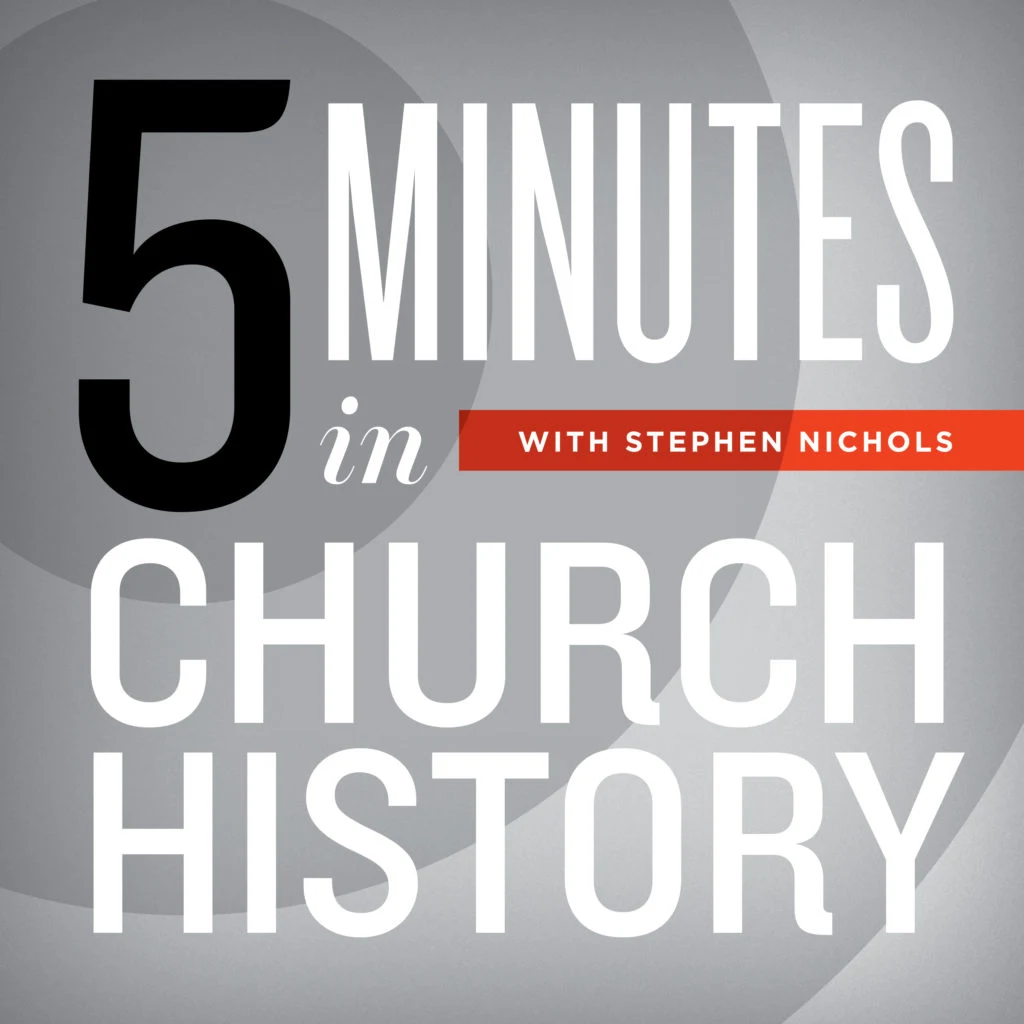Melanchthon

The Melanchthon House is just a few doors down from the Black Cloister, the Augustinian monastery that was later Martin Luther’s home, and it is also right next to the University of Wittenberg. That is fitting because Melanchthon was quite the scholar. He was part of the Wittenberg Five, along with Martin Luther, Nicolaus von Amsdorf, Justus Jonas, and Johannes Bugenhagen.
Melanchthon was born February 16, 1497. As a ten-year-old, he was learning Latin and Greek. He went to Heidelberg to study philosophy and the classics and then went on to Tübingen for more study. In 1518, he arrived at Wittenberg and was appointed a professor of Greek. He went with Luther the next year to the Leipzig debate. Pretty much wherever Luther went, Melanchthon went, and he even went places where Luther couldn’t. We’ll get to that in a moment.
In 1520, Melanchthon married Katharina Knapp, who was the daughter of Wittenberg’s mayor. The next year, the same year that Luther made his stand at the Diet of Worms, Melanchthon published his Loci Communes. This is a series of theological writings with common or leading thoughts as the organizing rubric. It’s a systematic expression both of Luther’s teaching and of the Reformation. In the 1520s, Melanchthon was there, side by side with Luther. And as Luther lectured and taught at Wittenberg, so did Melanchthon. Eventually, Melanchthon went from being a professor of Greek and lecturing on biblical books to the department of theology.
In 1530, a number of the Wittenberg scholars went to Torgau at the invitation of John the Steadfast. John was the brother of Frederick the Wise, and he succeeded Frederick as elector of Saxony when Frederick died in 1525. John called his theologians to Torgau to draft a doctrinal statement. Luther was there, and they spent a few weeks hammering out the articles. John was going to take the statement and present it at Augsburg. The problem was that Augsburg was outside John’s area of rule, and Luther was not promised safe conduct. Remember, he was an outlaw in the Holy Roman Empire. So, Luther did not go. He waited in the Castle Coburg for six months. Melanchthon went and was one of the main theologians helping the German princes understand the Augsburg Confession. As they all affixed their signatures to the Augsburg Confession, it was quite a victory for the Reformation and for Luther’s thought.
Luther wrote the preface to Melanchthon’s Commentary on the Galatians, published in 1529. In his preface, Luther wrote: “I had to fight with rabble and devils for which reason my books are very warlike. I am the rough pioneer who must break the road. But master Philip comes along softly and gently sows and waters heartily since God has richly endowed him with gifts.”
In 1560, Melanchthon, wearied from travel, fell ill. He died on April 19. Before his death, he wrote to reassure himself, “You shall see God, you shall look upon the Son, you will learn those wonderful mysteries which you have not been able to understand in this life.” Melanchthon is buried in Wittenberg in the Castle Church next to Martin Luther.
Recent Episodes
A Little Church History of a Middle Colony: The First Great Awakening
December 17, 2025|American Church History
A Little Church History of a Middle Colony: Early Influences
December 10, 2025|American Church History
Gunpowder and a Proclamation
December 3, 2025|Geographical Perspectives
Thanksgiving in Church History
November 26, 2025|American Church History
3 Sermons on the Hallelujah Chorus
November 19, 2025|General Church History
Charles Jennens’ Libretto
November 12, 2025|General Church History
